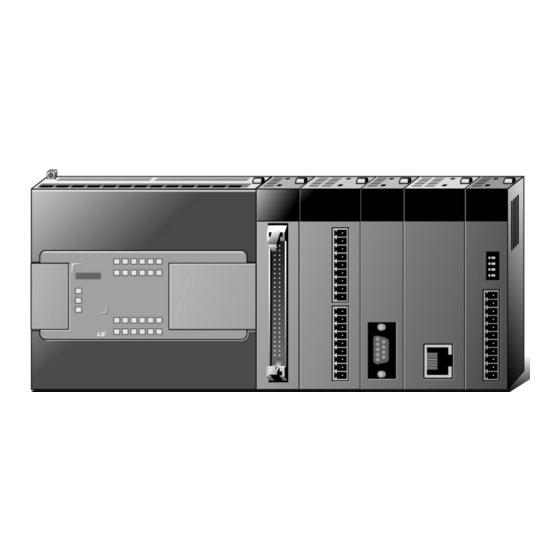Table of Contents
Advertisement
Right choice for ultimate yield
LSIS strives to maximize customers' profit in gratitude of choosing us for your partner.
Programmable Logic Controller
XGB Ethernet/IP IF Module
XGT Series
Read this manual carefully before
installing, wiring, operating, servicing
or inspecting this equipment.
Keep this manual within easy reach
for quick reference.
User's Manual
XBL-EIPT
http://www.lsis.com
Advertisement
Table of Contents













Need help?
Do you have a question about the XBL-EIPT and is the answer not in the manual?
Questions and answers